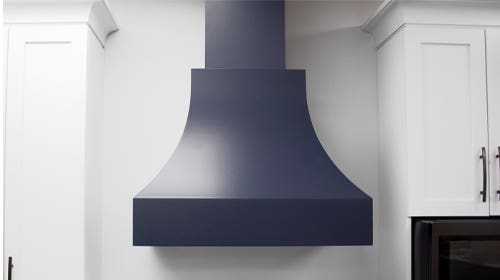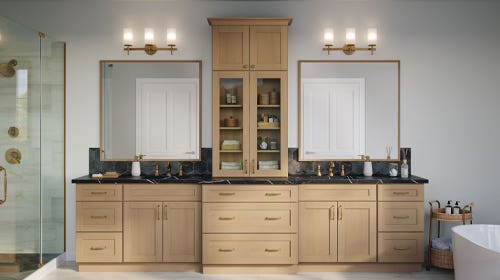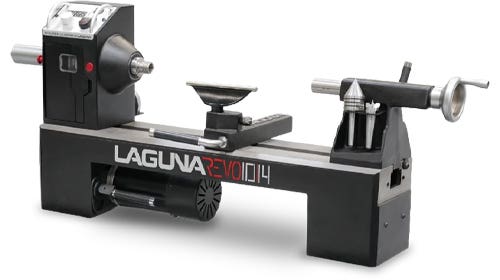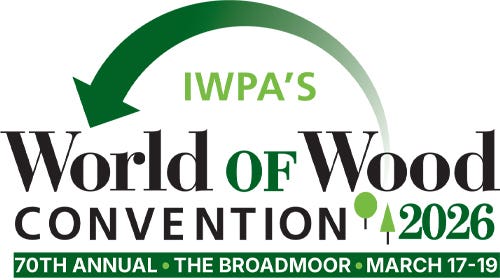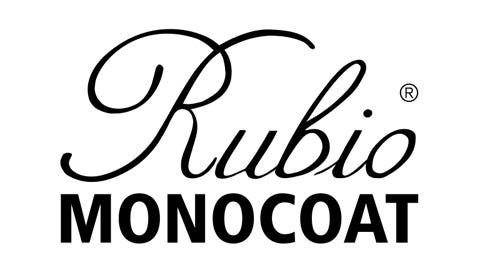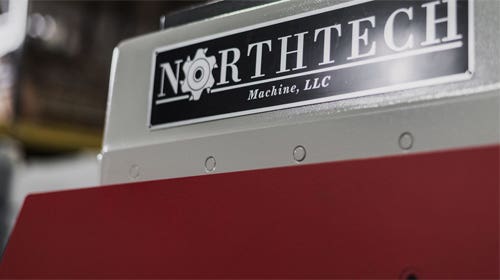Poplar sales are a hopeful economic sign
Seen as a “utility wood,” sales have been increasing around the country for this secondary and paint-grade product {loadposition position10} When is the last time you read or heard something…
Seen as a "utility wood," sales have been increasing around the country for this secondary and paint-grade product
{loadposition position10}
When is the last time you read or heard something like this from a domestic wood dealer?
"Things are going pretty good; we've weathered this financial disaster pretty well. We're definitely seeing an increase in the last couple of months. Things have picked up and I think it is more or less consumer confidence than anything. The pickup has been pretty much across the board. I can't complain."
Those are the words of Hilton Peel Jr., owner of The Hardwood Store of North Carolina, a retail and wholesale supplier in Gibsonville, N.C. Peel's uplifting comments were echoed by other dealers contacted by Woodshop News, especially when talking about sales of poplar, cherry, walnut and maple.
"Poplar has been a pretty steady mover, it's a good utility wood used in a lot of paint-grade moldings and different things," says Jerry Anton of O'Shea Lumber Co., a large wholesaler in Glen Rock, Pa. "It's one of the woods that seems to be moving along pretty good, but the price is going up in all grades because of availability. We're running into some shortages, especially in the lower grades in the heavier stock. I think the No. 1 and No. 2 Commons are going to the export market, heading to China in 5/4, 8/4, 10/4, just about all the thicknesses."
Yellow poplar (Liriodendron tulipifera), is usually referred to simply as poplar and is also known as tulip tree and tulip poplar. Despite its name, yellow poplar is a member of the magnolia family. True poplars include aspen (Populus tremuloides), cottonwood (Populus deltoides) and balsam poplar (Populus balsamifera), all members of the willow family.
"We move quite a bit of poplar, mostly as a secondary wood or a paint-grade product," says Steve Wall, owner of Wall Lumber Co. in Mayodan, N.C. "Prices are still good on it. I think there is some shortage because we had quite a bit of rain in November, 8" from one storm. A lot of the loggers can't get in the woods so that could increase the demand because of the shortage of the logs."
Yellow poplar grows from southern New England to Florida and west to Missouri, and is the state tree of Indiana, Kentucky and Tennessee. Trees reach heights of 100'-150' and are often free of limbs up to 75'. Trunk diameters of 8' are common. Poplar is a fast grower and, for a hardwood, is soft and lightweight with a specific gravity of .42.
"We sell mostly 4/4 and one of my largest suppliers has been a little tight on it, which I have never seen before in poplar because it is generally the most popular wood," Wall says. "But overall we've been steady. It's not where it was two years ago with the demand from the housing end of it, but we cover a broad spectrum and we've been decent."
The overwhelming attribute of poplar is that it takes paint extremely well. It is used extensively as a secondary wood and for all types of cabinetry, paint-grade doors, frames and trim, sashes, boxes, crates, baskets and shipping pallets. Poplar's sapwood is narrow and creamy-white; the heartwood is yellow-to-brown to greenish-brown. The wood's grain is straight with a fine-to-medium texture and poplar has very few knots. The wood can be stained to resemble walnut or cherry and it dries rapidly and glues well, but doesn't hold nails particularly well.
"It's pretty much the same customers, the home hobbyists, people doing some remodeling," Peel says. "All new construction stopped through the recession, except a couple of people who built new homes. We had a backlog so we ended up with just enough work. It got close a couple of times where I was sweating it, but it seems like we never had a day where we didn't have work to do. Building is starting to pick up back here; we're seeing a little bit more activity."
Retail prices for 100 bf of kiln-dried, 4/4 FAS yellow poplar, surfaced on two sides, ranged from $2.25 to $2.60/bf in the Northeast; $2.10 to $2.62/bf in the Southeast; $1.95 to $2.40/bf in the Midwest; and $2.40/bf to $2.95/bf in the West.
Wholesale prices for 1,000 bf of kiln-dried 4/4 FAS yellow poplar ranged from $1,950 to $2,150/mbf in the Northeast; $2,000 to $2,250/mbf in the Southeast, $1,900 to $2,160/mbf in the Midwest; and $2,250 to $2,400/mbf in the West.
This article originally appeared in the January 2010 issue.


